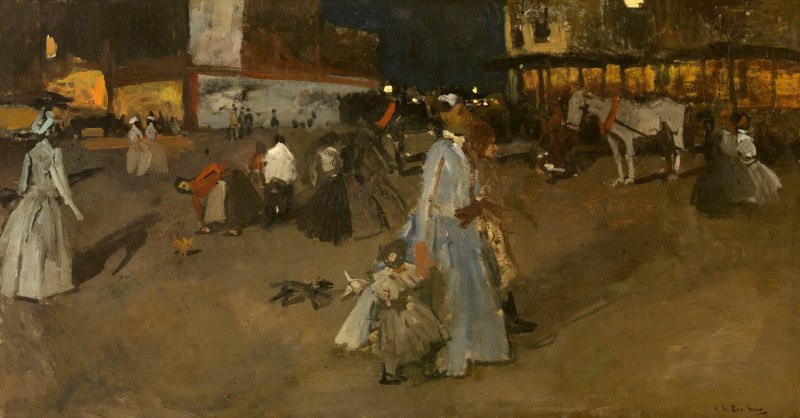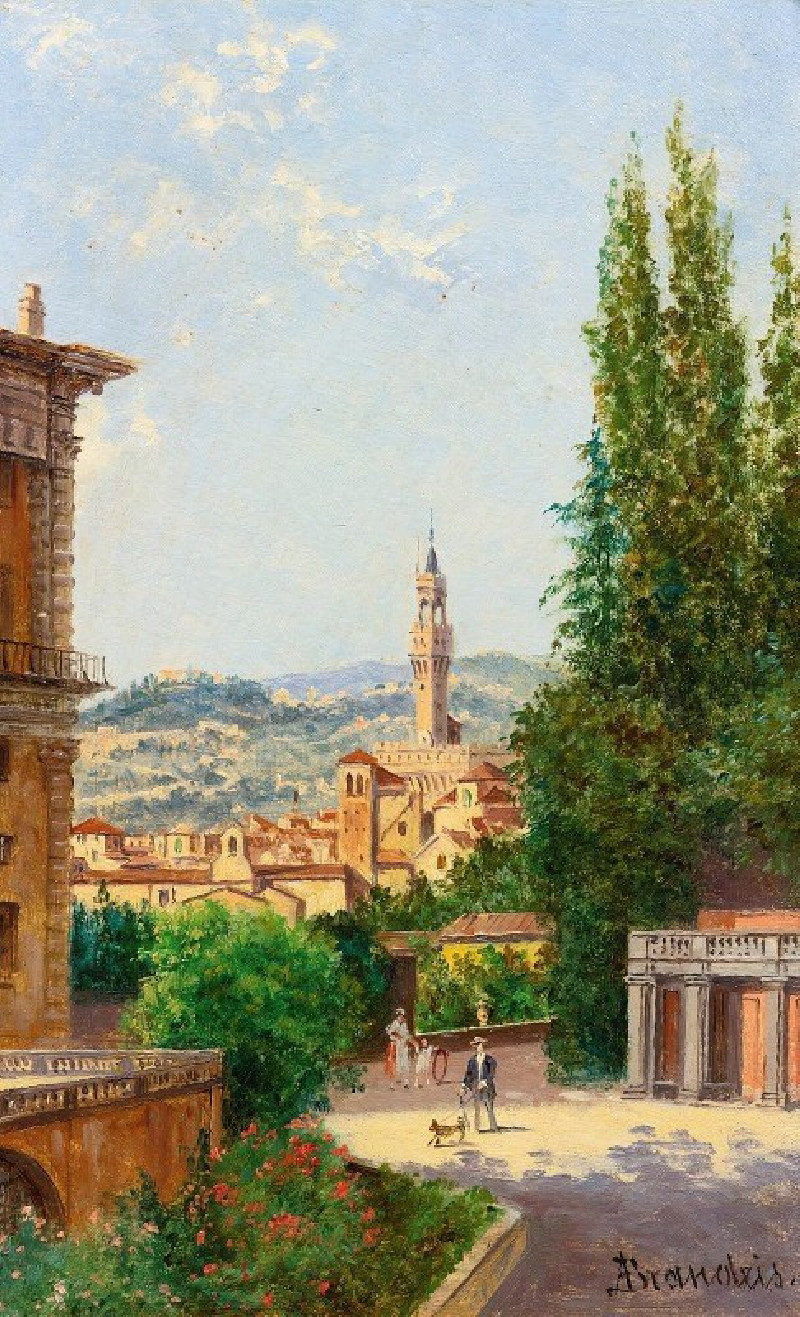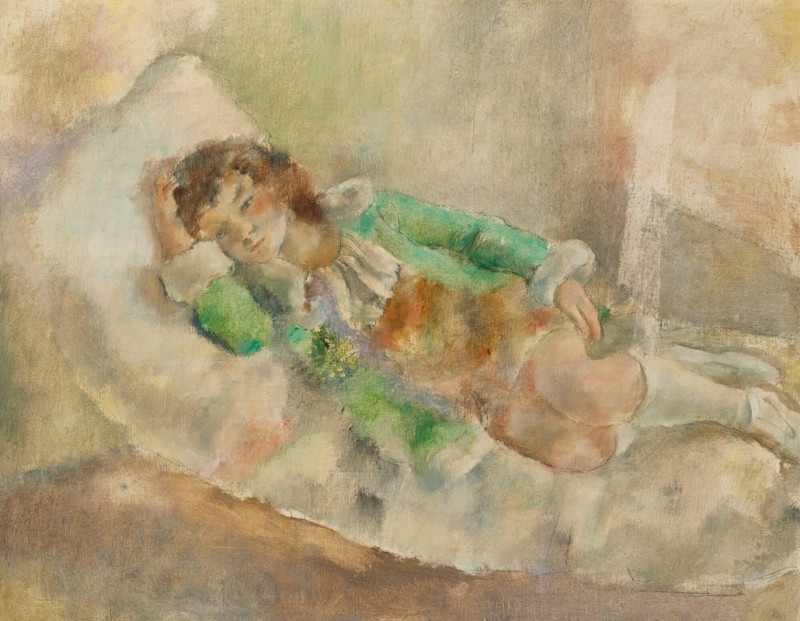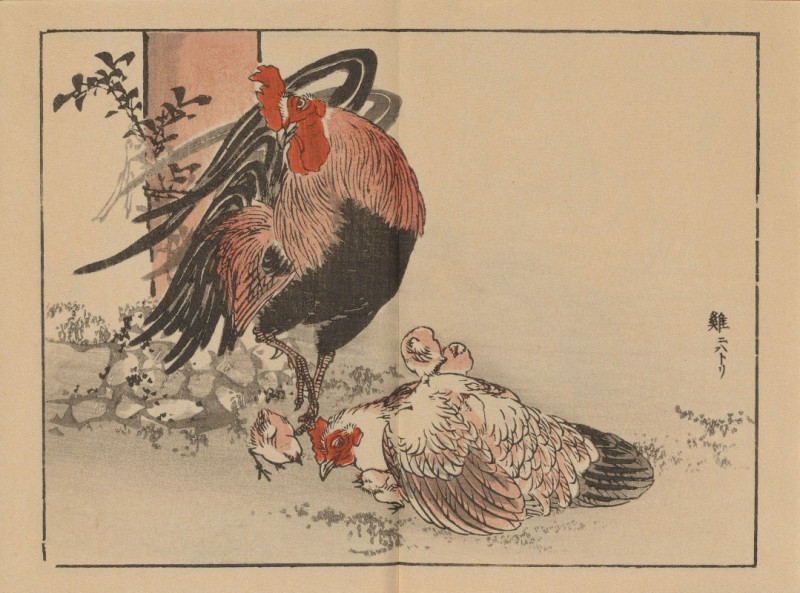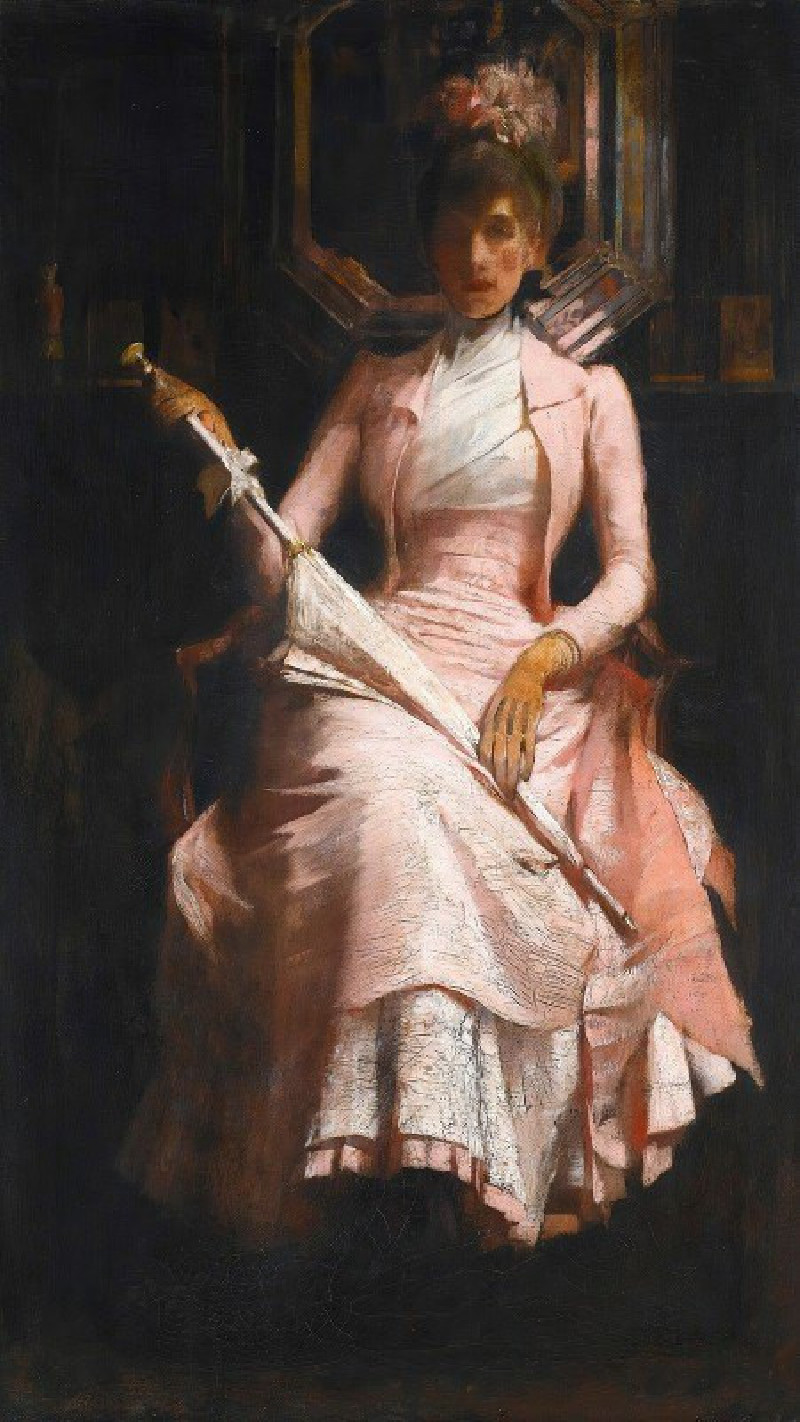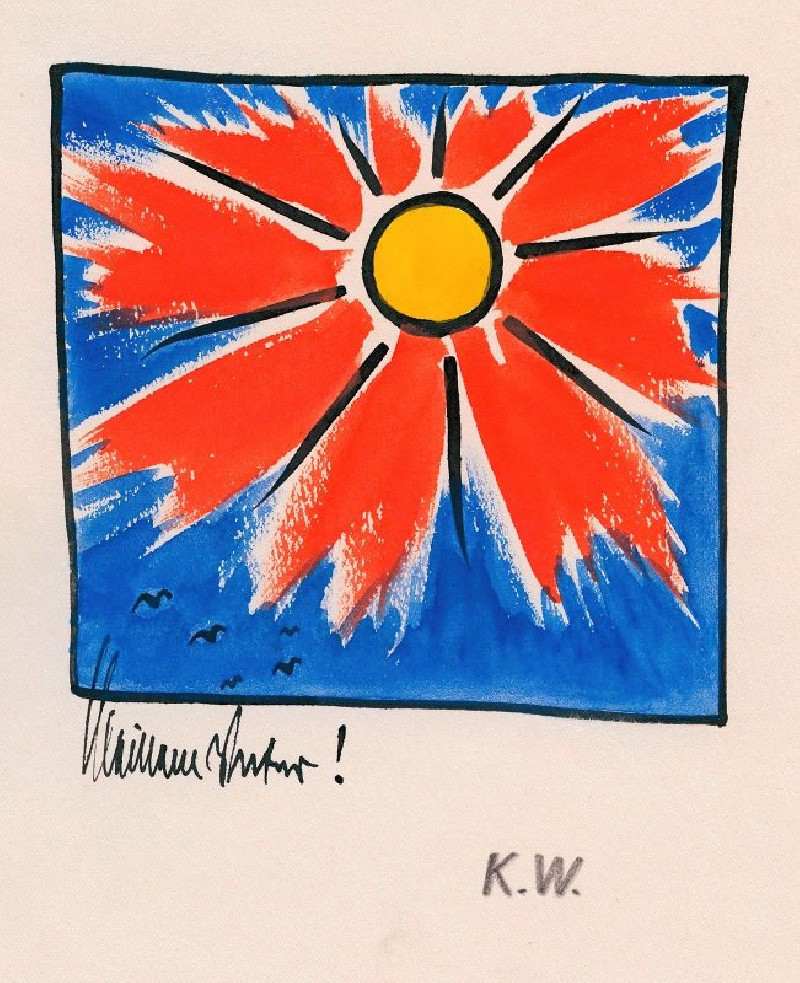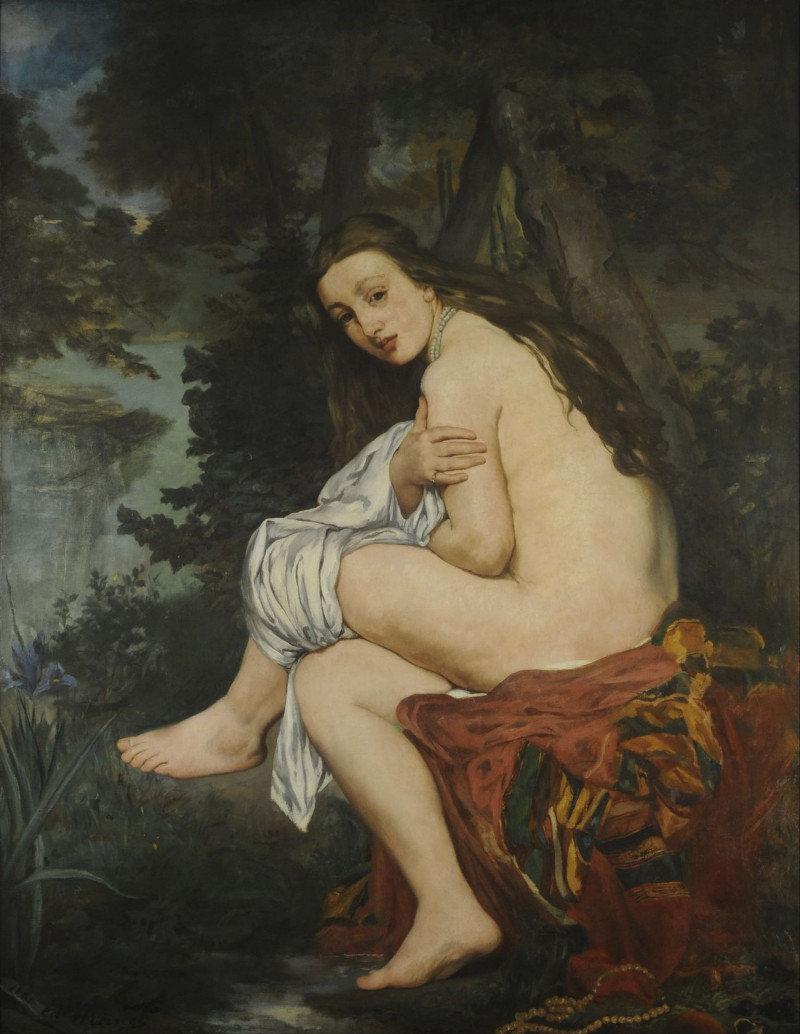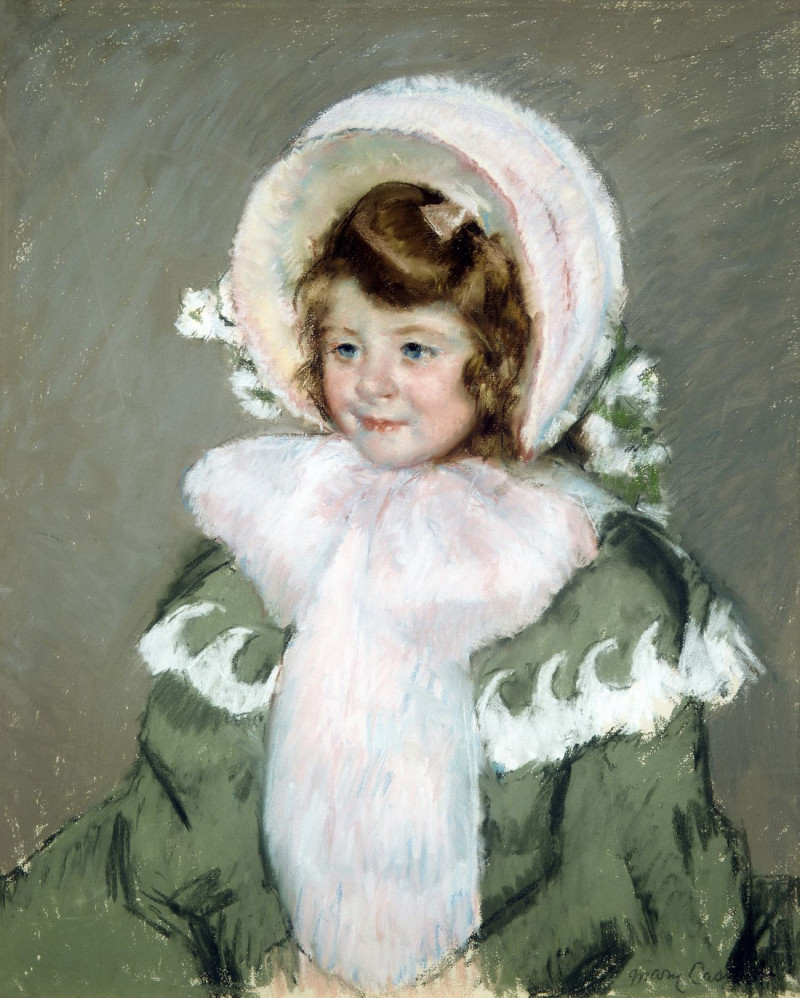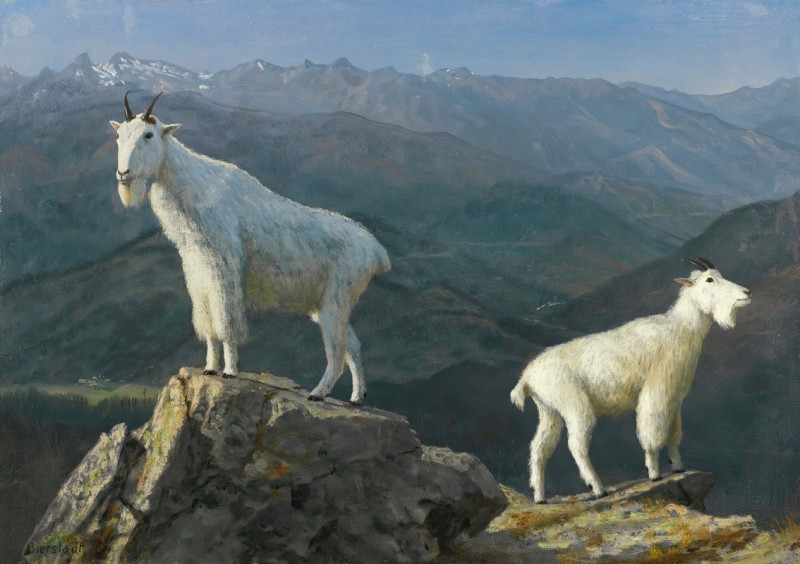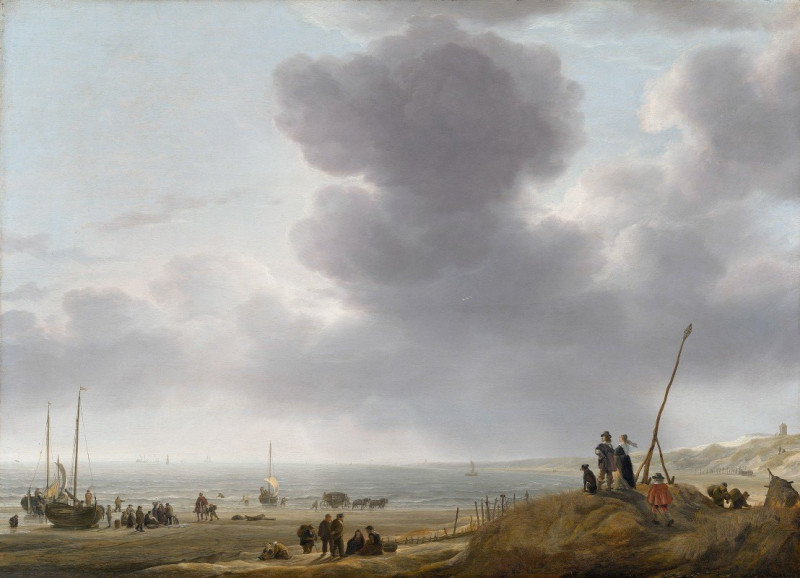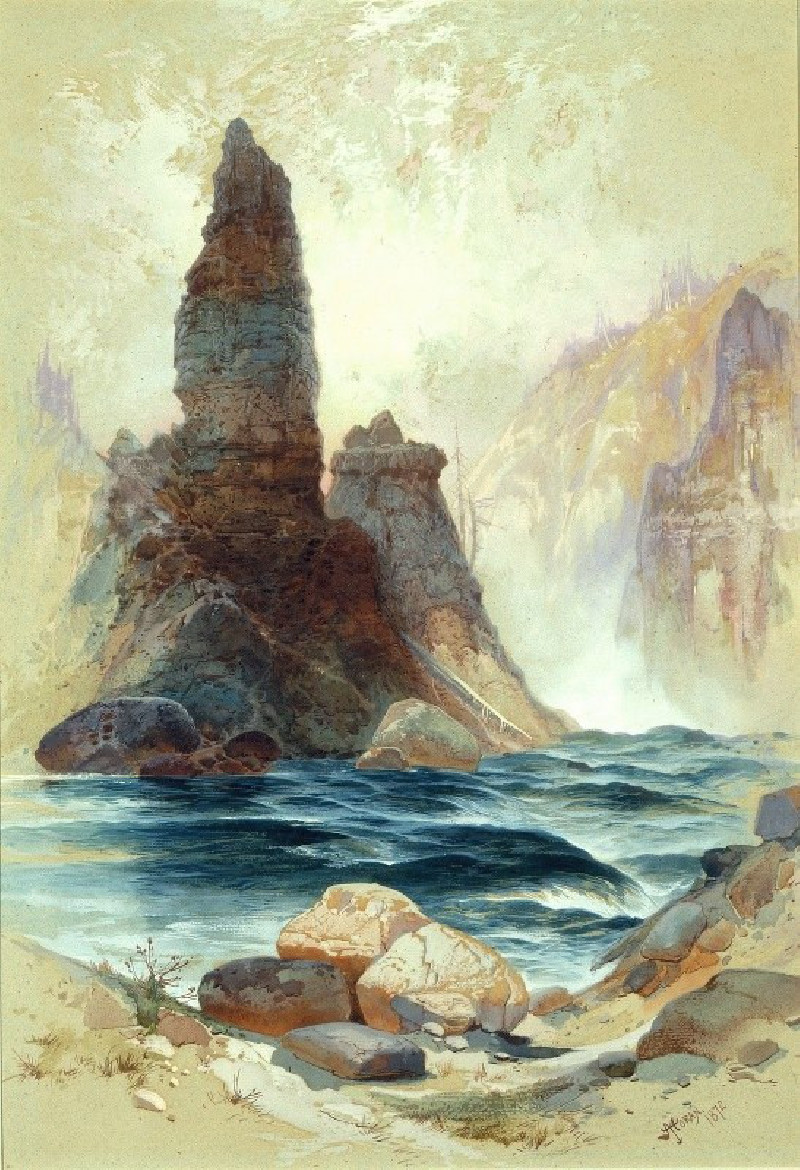Landscape From Pontoise
Technique: Giclée quality print
Recommended by our customers
More about this artwork
This enchanting painting, "Landscape from Pontoise" by Camille Pissarro, depicts a rural scene that vividly captures the essence of 19th century French countryside living. At the heart of the composition, an elderly woman is shown pushing a wheelbarrow down a narrow pathway, which serves as a focal point, guiding our eyes through the scene. Her blue dress and white headscarf contrast with the natural tones around her, emphasizing her presence within the lush environment.The setting is characterized by vibrant green grass that blankets the ground, interspersed with patches of yellow, suggesting the presence of wildflowers or changing seasons. A series of rustic stone walls, possibly part of old farm buildings or boundary walls, flank the path, adding a sense of antiquity and local architecture to the scene.Above, the sky is painted with dynamic and somewhat tumultuous clouds, possibly indicating the unpredictable weather typical of the region, interspersed with patches of bright blue sky. The skeletal, twisting branches of early spring trees stretch across the painting, their bare forms intricately detailed against the sky, contributing to the painting's textural complexity.Overall, Pissarro's work is a testament to his ability to fuse elements of light, shade, and color to create a harmonious and inviting scene that, while serene, also subtly hints at the daily toils and simple routines of rural life.
Delivery
Returns
Blessed are they who see beautiful things in humble places where other people see nothing. — Camille Pissarro
Camille Pissarro (1830-1903) was born on St.Thomas (now the US Virgin Islands) to a Portuguese father and a Dominican mother. He went to Paris to study art at Ecole des Beaux-Arts. He was an early pioneer of pointillism and neo-impressionism and later became a mentor of many famous impressionist painters including Cezanne, Manet, Renoir, and Gauguin. His paintings depicted rural and urban French landscapes and lifestyle. Many of his works politically captured images of peasants and laborers. Today, he is considered the father of impressionism.
































